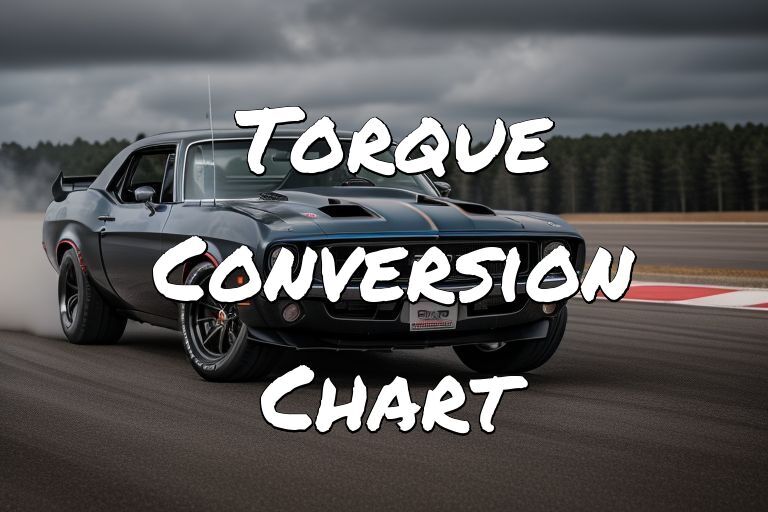Torque Conversion Chart
Quickly convert torque values with the LRFIX Torque Conversion Chart, perfect for engineers and mechanics needing precise measurements.
| Newton-Meters (Nm) | Pound-Feet (lb-ft) | Pound-Inches (lb-in) | Kilograms-Meters (kg-m) | Ounces-Inches (oz-in) |
|---|---|---|---|---|
| 1 | 0.7376 | 8.8507 | 0.10197 | 141.6 |
| 2 | 1.4752 | 17.7015 | 0.20394 | 283.2 |
| 5 | 3.6881 | 44.1768 | 0.50985 | 708.0 |
| 10 | 7.3762 | 88.3537 | 1.0197 | 1416 |
| 20 | 14.7524 | 176.7074 | 2.0394 | 2832 |
| 50 | 36.8810 | 441.7685 | 5.0985 | 7080 |
| 100 | 73.7621 | 883.5370 | 10.197 | 14160 |
| 200 | 147.6242 | 1767.0740 | 20.394 | 28320 |
| 500 | 369.0605 | 4417.6850 | 50.985 | 70800 |
Torque Units
The chart displays various torque units, including foot-pounds (ft-lb), inch-pounds (in-lb), and Newton-meters (Nm).
How to Use the Chart
To use the chart effectively, locate your torque value in one unit, such as 50 ft-lb. Then, find the corresponding value in the desired unit, like 67.8 Nm.
This method ensures accurate torque application across different measurement systems, which is helpful for maintaining the integrity of mechanical assemblies.
Conversion Examples
The chart includes specific conversion examples, illustrating how to translate common torque values between units.
For instance, a torque setting of 100 ft-lb converts to approximately 135 Nm.





